Intended Use
Cetrimide Broth Base (DM1044) is recommended by ISO Committee for cultivation of Pseudomonas aeruginosa from water samples using MF technique. Cetrimide Broth Base
Product Summary and Explanation
Pseudomonas aeruginosa is a gram-negative, aerobic bacterium which grows well on all normal laboratory media but specific isolation of the organism, from environmental sites or from human, animal or plant sources, is best carried out on a medium, which contains a selective agent and also constituents to enhance pigment production. Most selective media depend upon the intrinsic resistance of the species to various antibacterial agents. King et al.(1) developed Medium A (Tech Agar) for the enhancement of pyocyanin production by Pseudomonas. Cetrimide Broth Base is the modification of the formula designed by King, Ward and Raney(1) for the selective inhibition of organisms other than P. aeruginosa. Cetrimide is a quaternary ammonium salt, which acts as a cationic detergent that reduces surface tension in the point of contact and has precipitant, complexing and denaturing effects on bacterial membrane proteins. It exhibits inhibitory actions on a wide variety of microorganisms including Pseudomonas species other than Pseudomonas aeruginosa. This medium is recommended by ISO Committee for cultivation of P.aeruginosa using membrane filter technique.(2)
Principles of the Procedure
Cetrimide Broth Base contains peptic digest of animal tissue which supplies the nutrients necessary to support growth of P. aeruginosa. Cetrimide is a quaternary ammonium, cationic detergent compound, which is inhibitory to a wide variety of bacterial species including Pseudomonas species other than P. aeruginosa. The production of pyocyanin, a blue water soluble pigment is stimulated by magnesium chloride and potassium sulphate.(3,4)
Formula / Liter
| Ingredients | : Gms / Liter |
| Peptic digest of animal tissue | : 20.00 |
| Magnesium chloride, anhydrous | : 1.40 |
| Potassium sulphate, anhydrous | : 10.00 |
| Cetrimide | : 0.50 |
| Final pH: 7.2 ± 0.2 at 25°C | |
| Formula may be adjusted and/or supplemented as required to meet performance specifications | |
Precautions
1. For Laboratory Use only.
2. IRRITANT. Irritating to eyes, respiratory system, and skin.
Directions
1. Suspend 31.9 grams of medium in one liter of distilled water.
2. Heat, if necessary, to dissolve the medium completely.
3. Autoclave at 121°C, 15 psi pressure, for 15 minutes / validated cycle.
4. Cool to 50°C and aseptically add 25 ml filter sterilized ethanol. Mix well before dispensing.
Quality Control Specifications
| Dehydrated Appearance | : Cream to yellow coloured homogeneous free flowing powder |
| Prepared Medium | : Light amber coloured clear to slightly opalescent solution in tubes |
| Reaction of 3.19% Solution | : pH: 7.2 ± 0.2 at 25°C |
| Gel Strength | : Not Applicable |
Expected Cultural Response: Cultural characteristics observed after an incubation at 35-37°C for 24-48 hours.
| Sr. No. |
Organisms | Results to be achieved | |
| Inoculum(CFU) | Growth | ||
| 1. | Escherichia coli ATCC 25922 | >=10³ | inhibited |
| 2. | Pseudomonas aeruginosa ATCC 27853 | 50 – 100 | good-luxuriant |
| 3. | Staphylococcus aureus ATCC 25923 | >=10³ | inhibited |
The organisms listed are the minimum that should be used for quality control testing.
Test Procedure
Refer to appropriate references for standard test procedures.
Results
Refer to appropriate references and standard test procedures for interpretation of results.
Storage
Store the sealed bottle containing the dehydrated medium at 10 – 30°C. Once opened and recapped, place container in a low humidity environment at the same storage temperature. Protect from moisture and light.
Expiration
Refer to the expiration date stamped on the container. The dehydrated medium should be discarded if not free flowing, or if the appearance has changed from the original color. Expiry applies to medium in its intact container when stored as directed.
Limitations of the Procedure
1. For identification, organisms must be in pure culture. Morphological, biochemical and/or serological tests should be performed for final identification.
2. Consult appropriate texts for detailed information and recommended procedures

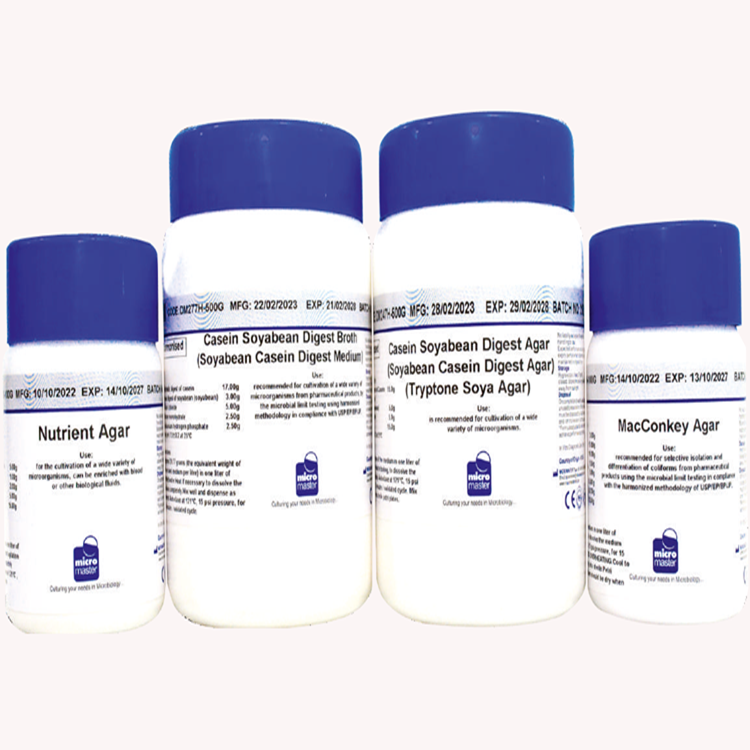

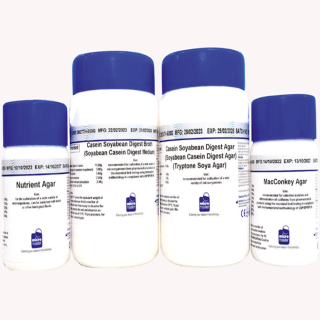
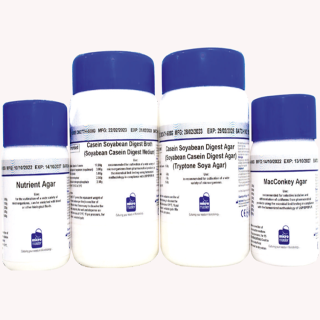

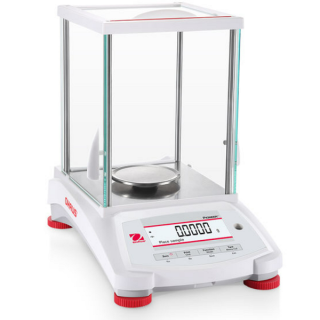
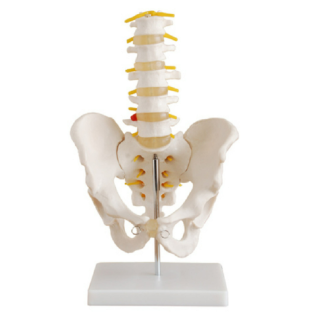
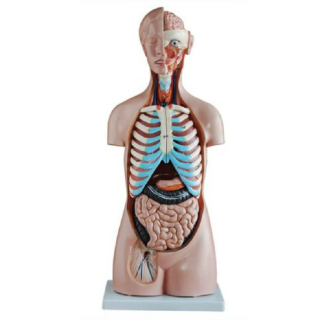
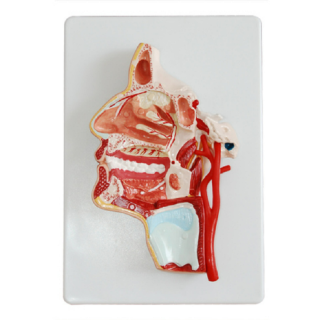
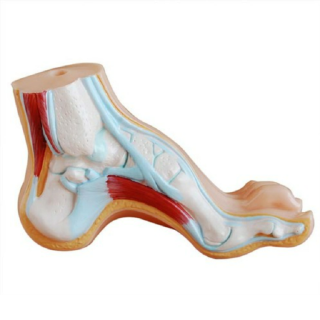
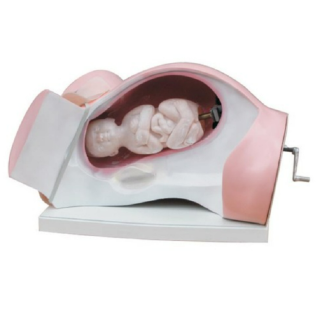
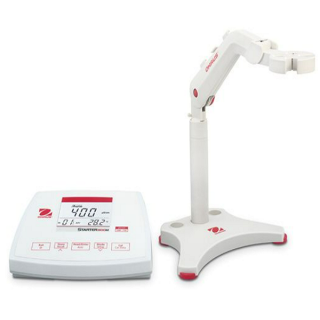
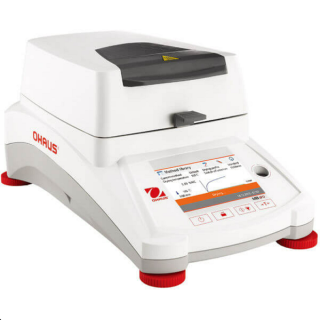
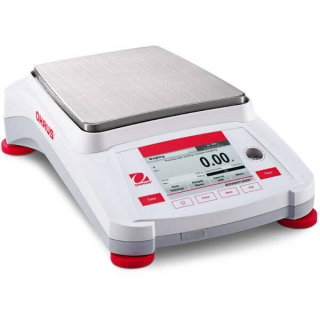
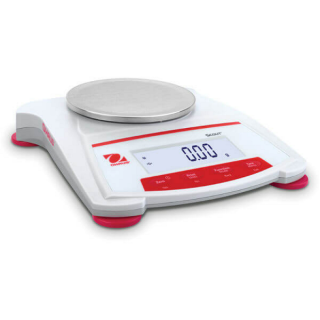
Reviews
There are no reviews yet.